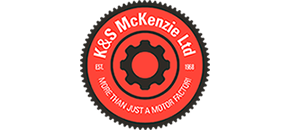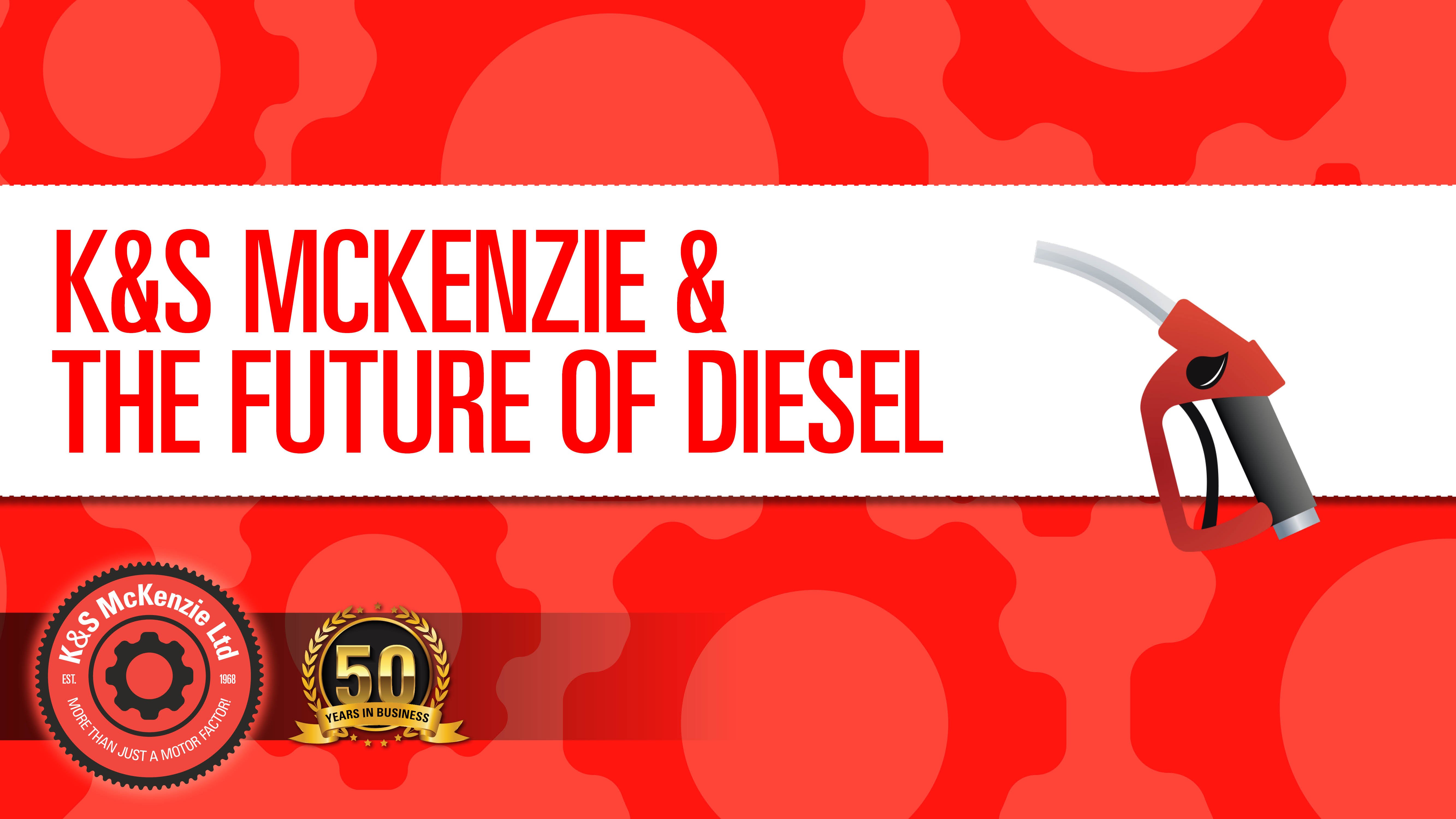In the 1890s Rudolf Diesel invented an efficient compression-ignition internal combustion engine, an engine that bears his name to this day. Early diesel engines were large and operated at low speeds due to the limitations of their compressed air assisted fuel systems. High-speed diesel engines were first introduced in the 1920s for commercial vehicle applications and in the 1930s for passenger cars.
Changes in diesel engine design contributed to some 10-fold decreases in emissions over a period from the late 1980s to early the 2000s. Major changes also came for both light and heavy-duty diesel engines with the introduction of Exhaust Gas Re-circulation (EGR) and Selective Catalytic Reduction (SCR) systems. SCR systems work to control NOx and use AdBlue to provide the ammonia required to reduce NOx into harmless nitrogen and water.
The end for AdBlue?
On the 1st September 2015, the European Automobile Association announced the official launch of the Euro 6 engine – the cleanest engine producing the lowest emissions and over the last 15 years, vehicle manufacturers have been working to lower emissions.
The Society of Motor Manufacturers and Traders (SMMT) have shared ‑figures that show this effort, combined with advances in technology, has resulted in a reduction in NOx limits for diesel engines by 84% since 2001, carbon monoxide by 82% since 1993, and particulates by 96% since 1993.
In the early part of 2018, figures released by Integer Research showed that 71% of heavy-duty engines (commercial vehicles over 7.5 ton) use AdBlue, as do 22% of off-highway vehicles and 7% of smaller vehicles such as cars and small vans.
We believe that at the current rate of vehicle sales, AdBlue usage should peak in around 5-7 years, where volumes will be approximately three times greater than today. After that point AdBlue usage will drop at about the same rate as the increase has been meaning that the diesel engine as we know it has about 15-20 years of life remaining.
After-injection fuel treatment has been the chosen way forward by the majority of vehicle manufacturers since the focus on emission reduction began. It was this focus that prompted an Irish company to create an exciting new product called Dipetane. Dipetane is the only hydrocarbon pre-ignition treatment on the market today.
Dipetane works by equalising and stabilising carbon chains in fuels, which allows more of the incoming 21 units of oxygen in the air to attach to the carbon chains, thereby enabling a more complete combustion. This takes the burning efficiency up greatly resulting in less fuel being used and there being less un-burnt carbon – and it is unburnt carbon which can cause a number of problems.
Dipetane is a game-changer for governments, local authorities, and all fuel suppliers who have to reduce CO, CO², NOx and smoke in engines. This unique product reduces fuel usage by up to 10%, NOx by up to 35%, CO² by up to 23%, and smoke by up to 50%. It also helps to keep injectors, DPFs, and EGRs clean.
At K&S McKenzie, we have discovered that by using Dipetane in modern commercial vehicles, it may help solve some AdBlue problems meaning that Dipetane can help us all reduce our carbon footprint, regardless of the age of a vehicle.
The road to zero emissions
We believe that Dipetane can help put companies on track to meet the government’s 2020 emission reduction targets, and with the UK government launching its Road to Zero emissions policy (which will see at least half of new cars become ultra-low emission by 2030) this subject has never been more relevant.
The Road to Zero emissions policy strategy outlines how the government will support the transition to zero emissions, with a focus on the reduction of emissions from conventional vehicles during this time.
This strategy is long-term in scope and ambition and will reach to 2050 and beyond, but what it does mean is that the end for the diesel engine is in sight… a little way off, but in sight.
What next?
So, ‘what next for car and light duty vehicles?’ you may ask. Well, battery and hybrid technology seem to be the way forward, but these also come with their own share of problems. Afterall, there is a finite life of lithium left in the world, and a shortage of electric to charge all of these new vehicles. For heavy trucks and plant, it looks like gas may be the answer.
Whatever the answer, new technology is certainly a huge part of moving forward. Manufacturers such as Iveco, Scania and Volvo are leading the way by extending the kilometres a vehicle can travel on one tank of gas, and with customs duty on gas being significantly lower than on diesel, the running costs are reduced as well as the emissions. It is little wonder that organisations like John Lewis Partnership are switching over to 100% gas trucks over the next seven years.
Today, advances in technology are moving at such a pace that manufacturers themselves are struggling to keep up. And with innovations such as driverless vehicles being talked about who knows what can happen? One thing we do know is that the diesel engine will be very difficult to replace.
To try Dipetane fuel technology for yourself, click HERE. Or to find out more about our services and how we can help you, contact us today on 01228 528218.


